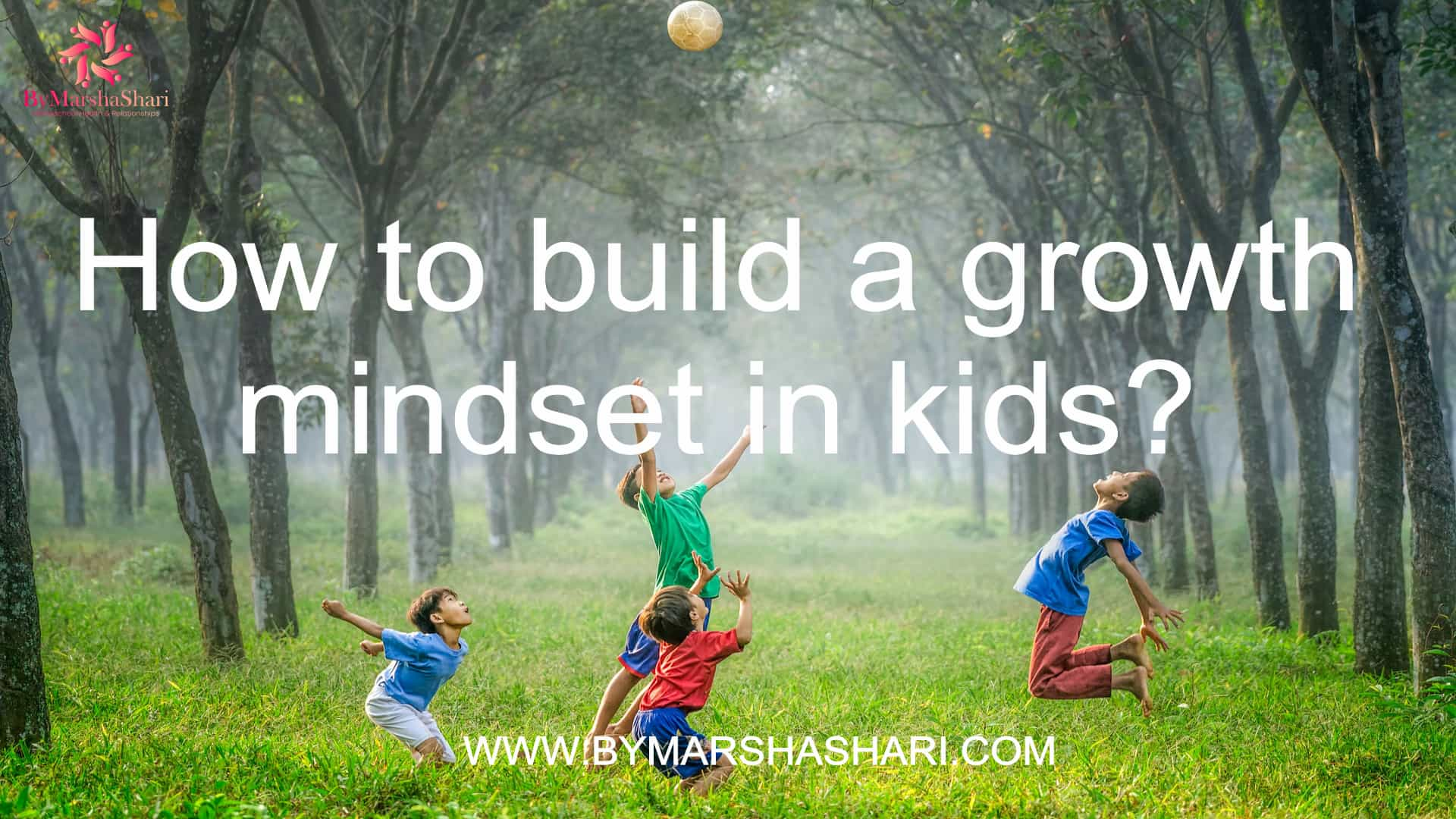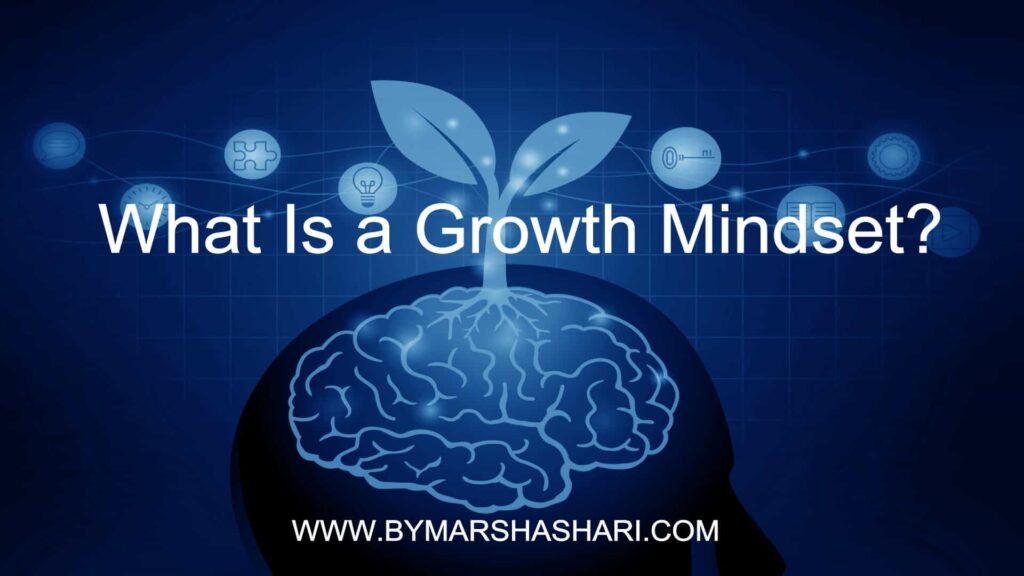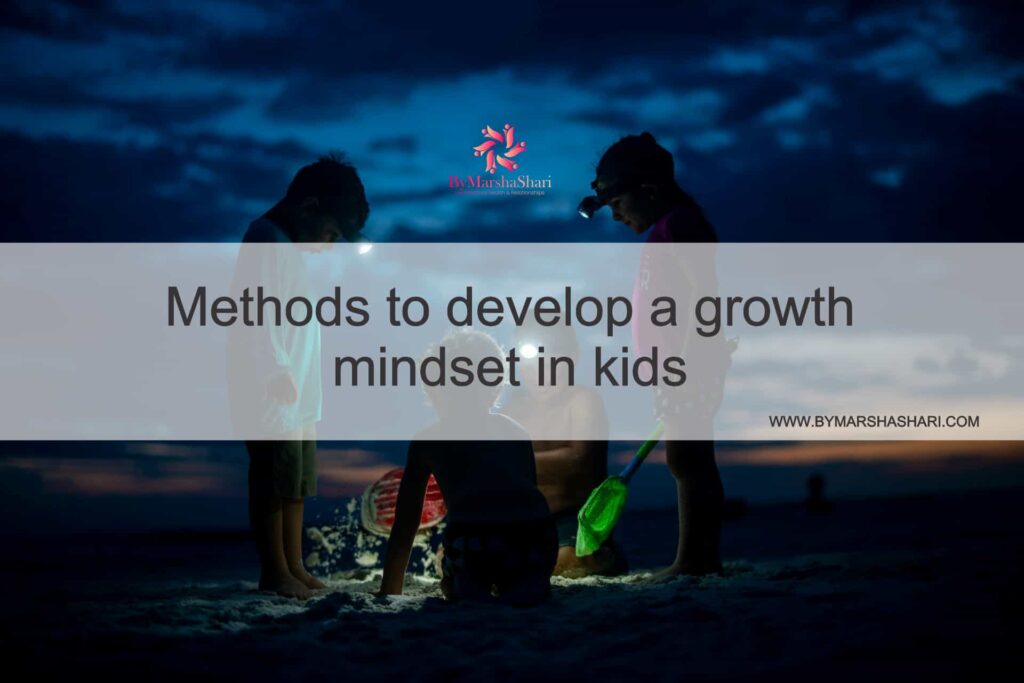
Navigating the Fog: Coping with Sleep Deprivation and Surviving the Exhaustion
Sleep deprivation is a common struggle for many in today’s fast-paced world. Whether it’s due


Do you want your kids to be happy and reach their dreams? Obviously! Developing a growth mindset has been closely linked to greater joy and achievement in life. So how do you help to build a growth mindset in kids?
Developing the right mindset early on is vital for a successful, happy lifestyle. When kids learn putting forth effort and using the ideal strategies can help them get better at things, they feel empowered and try harder. When they know their brains are capable of growing, they’re more confident, flexible, and aren’t afraid to fail!
An A3-year-old dressed in a princess costume drops to the ground and yells, “I can’t put on my sneakers!” A kindergartener tries to assist a mother in the kitchen and decides to set the table “by myself,” only to fall apart every time a glass of water gets pumped down accidentally.
It is easier to step in and do the task for a kid instead of watching them battle. However, by doing that, we’re sending them the message they are incapable of accomplishing the task. Instead, try taking a step back and giving children the opportunity to experience failure and proceed forward.
Why? Psychologist Carol Dweck, a researcher at Stanford University, says that there are two sorts of mindsets: a fixed mindset and a growth mindset. People with a fixed mindset believe that their abilities, mental or physical, are fixed. As a result, these people today tend to make little effort toward enhancing their current skillset.

People who have a growth mindset consider their intellect and other skills to grow with time. They realize that their effort has a direct effect on their achievement. Because of this, they’re more inclined to see failure as something they can learn from.
To help kids develop a growth mindset, Dweck advises teaching them to love challenges, be fascinated by mistakes, and enjoy attempting to continue learning.

Most of us have beliefs about our own abilities and potential. These beliefs are part of our mindset, and it is so powerful it can fuel our behavior and predict our achievement. Mindset shapes our daily lives, helping us interpret our experiences and future chances.
In her study at Stanford University, Dr. Carol Dweck identified two different kinds of mindsets. A growth mindset is the belief that our intelligence and abilities can be improved with effort and the right strategies.

You will likely notice that these are approaches that work for solving any problem in life. It is very good to apply a development mindset to more than just school work. You want a development mindset to become a general mindset, not confined to schoolwork.


Preschool age children are at the early stages of developing their self-concept. The language teachers and parents use with them, especially if they face challenges or struggle to find out a new skill, tells children what to think and what we think about them. Instead of saying, “It’s not that hard,” try saying, “You can do difficult things.”
Brittany McCabe, a local mom, and early childhood specialist, says it is essential to be mindful of our state’s words and our voices’ tone once we react to our kids. She educates parents and educators to maintain their responses objective, descriptive and encouraging. “Without inspiring a child to question, collect, test, and observe the world around them, you are not serving their development,” she says.

Encourage and model positive self-talk. Whenever you find your kids critical of themselves, tell them it’s essential to be kind to oneself. If your child is struggling with a job such as tying a shoelace, worry about the power of “yet.” Say, “You cannot tie your shoes yet.” This helps them understand that learning a skill takes some time and is a procedure.

When kids learn how their brains operate and grow, they take the first steps of creating a growth mindset. Once kids understand that the brain develops new connections as they practice and learn how to do something, they get excited about the learning process.
I recall telling a child I use about this when he felt frustrated by his basketball skills. Initially, I hesitated because I thought it could be over his mind and didn’t understand how it worked nicely. But I told him as he clinics, his brain is rewiring itself and forming new relations that make it easier the next time. And guess what? His eyes lit up!
And later, I heard him excitedly telling his mother about his mind’s rewiring abilities!

It’s hard to model a growth mindset, even though if you always try to hide your mistakes from your children. It is a natural tendency since we would like to safeguard them. But in this scenario, demonstrating your struggles can be a lifelong gift to your kids.
So try talking about your mistakes, even parenting mistakes, and everything you’ve learned from them. One feature of a growth mindset is viewing failure as a springboard for growth. When children see our failures and hear us working through them, using them as a springboard for expansion, they’ll be better equipped to do the same.

Using “process praise” instead of”product praise” is another way to steer a kid’s mindset to a clear path. “Great job!” And”You are so smart!” Are some examples of “product praise” that I hear in a classroom or from fellow parents. Elisha Gonzalez, director at Fox Child Development Center at Century City, agrees that product compliments come naturally to teachers and parents. “Process praise helps children feel proud of the progress they’ve made,” she says. “I strive to help teachers understand the significance of process praise.”
When they face challenges, point out to your children that they can “do hard things.” PHOTO BY AUGUST DE RICHELIEU FROM PEXELS
Process praise ties children’s activities to their success. When children are praised for their efforts and taught to take possession of the collapse, they view failure as an important part of learning and grow to accept risks. This helps build confidence, resilience, and self-esteem. For example, I noticed how much you practiced.” Or, in the case of recognizing a good grade, “What helped you do this well?”

When it is a positive label (You’re so smart!) Or a negative one (He’s not very good at mathematics ), they both communicate a fixed mindset.
Instead of motivating children, labels such as these can result in limiting beliefs about others and themselves. Sometimes a small shift from the language we use — such as adding yet– can drastically alter a word’s significance and a kid’s worldview.

I inform my young students that our brains become stronger as we know. I offer them a visual of a mind lifting weights, except that the weights would be the hard tasks we perform, the questions we ask, and the newest things we try. They believe it’s funny, but explaining to those fighting at something they’re learning is helping their brain growth is a theory they’re excited about.
Why is it that some kids thrive on challenges and show resilience while others do not? Parenting coach Susan Stone, author of “The Indulgence Trap,” says that it is a blend of nature and nurture. “Parents can help build resilience by modeling, by teaching their kids a winner’s mentality (failures are just opportunities to find out ), by inviting children and being non-judgmental about unsuccessful attempts,” she states. She reminds parents that to develop perseverance, take risks, and the feeling that they will learn, survive, and prevail, children should be permitted to experience challenges.

This one doesn’t about seem humble. You want your kid to feel comfortable discussing what did not work to learn to discuss methods to solve problems and complete work. This might help them learn to identify what they have already tried out that hasn’t worked, so they could try again and find out what does work. This may also help develop good skills for working together with different people, a skill gaining value in the workplace.

Before students can fully achieve a growth mindset, they will need to work on their self-control. Including letting go of concerns that might be holding them back again. Help them differentiate between worries that are not in their control and work on using a specific plan.


Stories are a wonderful way to learn about a growth mindset and see it in action. Here’s a listing of amazing books associated with growth mindsets.
So how will you respond the next time your kid brings home a regular, good or bad? Start by taking a deep breath and acknowledging how hard they are working and how much they’re learning. These discussions will help your child become a lifelong learner who is unafraid to handle challenges with some luck. Is not that exactly what we all want?
How to build a growth mindset in kids?

Sleep deprivation is a common struggle for many in today’s fast-paced world. Whether it’s due

Gemini in astrology is the third sign of the zodiac, right after Aries and Taurus.

In times of trouble and hardship, it is often said that the best thing one

“It’s Sagittarius season, the ninth astrological sign of adaptability and flexibility. Sagittarius is mutable and

Capricorn is the tenth sign of the zodiac (December 21 to January 20). It is

The eighth astrological sign in the Zodiac is Scorpio. It spans the zodiac from October